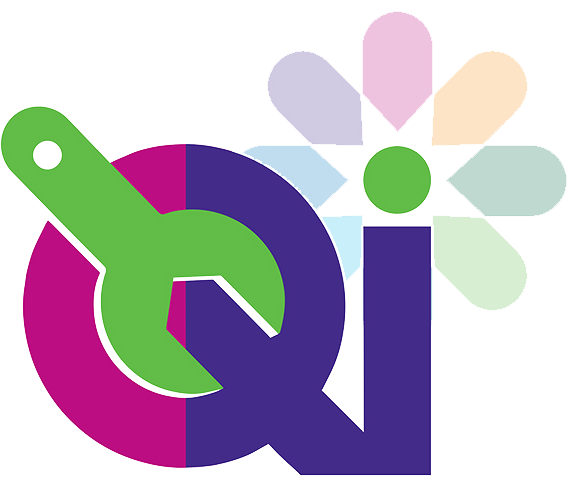As many look at new ways of working, in response to COVID-19, a team at Kent Community Health NHS Foundation Trust (KCHFT) was already ahead of the curve.
Colleagues who are part of the trust’s Home with Support Team in east Kent have been using their homes as their working base, rather than an office, since last year.
They have found it reduces time spent travelling to and from work at the beginning and end of the day and for lunchtime handovers, given them a better work life balance, reduced costs and their impact on the environment – and given them more flexibility.
Alex Baxter, Clinical Resources Manager, said already being home-based has meant her team had fewer adjustments to make once the UK lockdown was announced and support was already in place for colleagues who might sometimes feel a little isolated.
She said: “As we’ve had this model for some time, we have long been aware there can be some issues with the fact the team is not all working in the same room. However, these can be overcome and this is the best way for us to work.
“We’ve been using our virtual working model since February 2019. We set up a new service and a new team, but initially we had no base or office, but we wanted to get things going quickly.
“We wanted to provide an east Kent-wide service where we had flexibility to move colleagues to where the demand was, rather than being limited. We needed a flexible service and this is what works best for us.
“It does have its challenges, but it has taught us a lot.”
Team health and wellbeing and morale is high on Alex’s list of priorities. At the beginning of the UK lockdown team members set up a virtual running group, with an aim of running 19 marathons, or 494 miles, between them, in the first two weeks – although they achieved their goal in just nine days.
Alex has five top tips for managing a team remotely:
- Be responsive to colleagues. Respond immediately to any questions or concerns.
- Listen and act. Acknowledge what team members have said and say what you have done as a result.
- Be available to colleagues so they know you are there for them.
- Make your team a priority.
- Trust your team and colleagues.
Alex used quality improvement (QI) tools to help get the new way of working up and running and continues to use them, to help analyse data.
She said: “We have used PDSA cycles (plan, do, study, act) from quality improvement. We’ve looked at what the issues are, seen if certain things work and, if not, we try something else and then try again.
“We were willing to try something different. Sometimes, the way we’ve always done things isn’t always the best way.”

